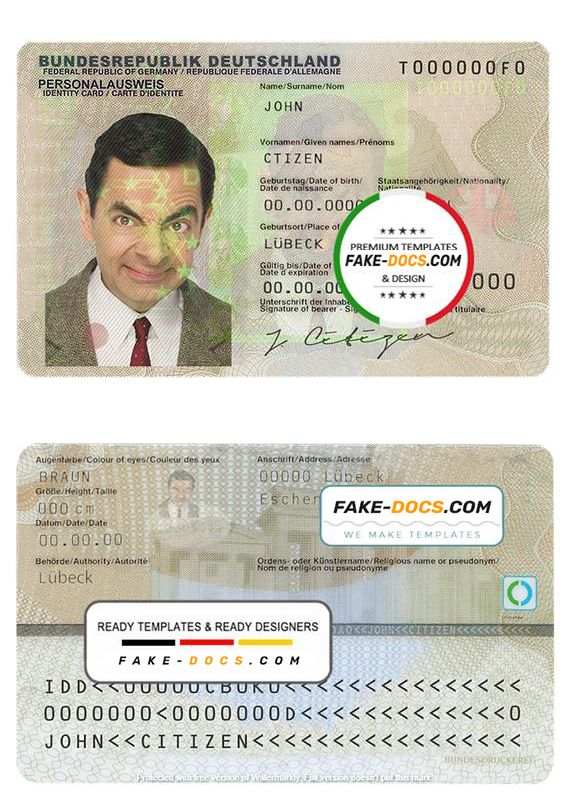Fake IDs are an age-old problem, with people of all ages trying to buy alcohol or gain entry to clubs and bars without the correct identification. Fake IDs have become increasingly sophisticated over the years and it can be difficult to differentiate between real and fake IDs. It’s important to be able to spot a fake ID in order to protect yourself, your establishment, and your customers from potential legal issues. In this blog post, we will provide a step-by-step guide to identifying scannable fake IDs. We will discuss the basics of how to identify a fake ID, as well as the more advanced techniques for detecting scannable fake IDs. We will also explain how to use the latest technology to verify an ID and prevent a fake ID from being used in your establishment. By the end of this blog post, you’ll have the tools you need to quickly and accurately identify id god.
1. Inspect the document for any irregularities
The first step in identifying scannable fake IDs is to inspect the document for any irregularities. This includes looking out for any signs of tampering or alterations, such as discoloration, smudges, or any discrepancies between the text and graphics. Any odd or out-of-place signs could be a sign of a fraudulent document. It’s important to look at the document as a whole and take notice of any off-colored areas or misspelled words. If anything looks suspicious, it’s best to move on to the next step of the process.
2. Compare the ID to a valid form of identification
Once you have identified the ID as suspicious, the next step is to compare it to a valid form of identification. Start by comparing all the information listed on the ID, such as name, date of birth, address, and photo. Look for discrepancies between the ID and a valid form of identification. If there are any, it could indicate that the ID is fake. Additionally, examine the quality of the ID. If the ID looks too glossy or the colors are off, it could be an indication that the ID is not valid.
3. Use UV light to detect hidden markings or textures
Step 3 of our guide to identifying scannable fake IDs is to use UV light to detect hidden markings or textures. Ultraviolet light can reveal the presence of security features that are usually only visible under UV light. Checking for these features with a UV light can help you to determine the authenticity of an ID. You can use a UV light to scan the ID for glow-in-the-dark markings, fluorescent ink, or holograms. If you don’t see any of these features, the ID is most likely a fake. It’s important to note that to check for hidden markings, you must use a UV light specifically designed for ID authentication, not a regular household light bulb.
In conclusion, identifying fake IDs can be a daunting task, but with the right steps and procedures, you can be sure that you are on the right track. Taking the time to properly identify fake IDs can help protect your business and keep underage drinkers out of your establishment. By following the steps outlined in this guide, you can ensure that you are able to detect a fake ID quickly and accurately.



